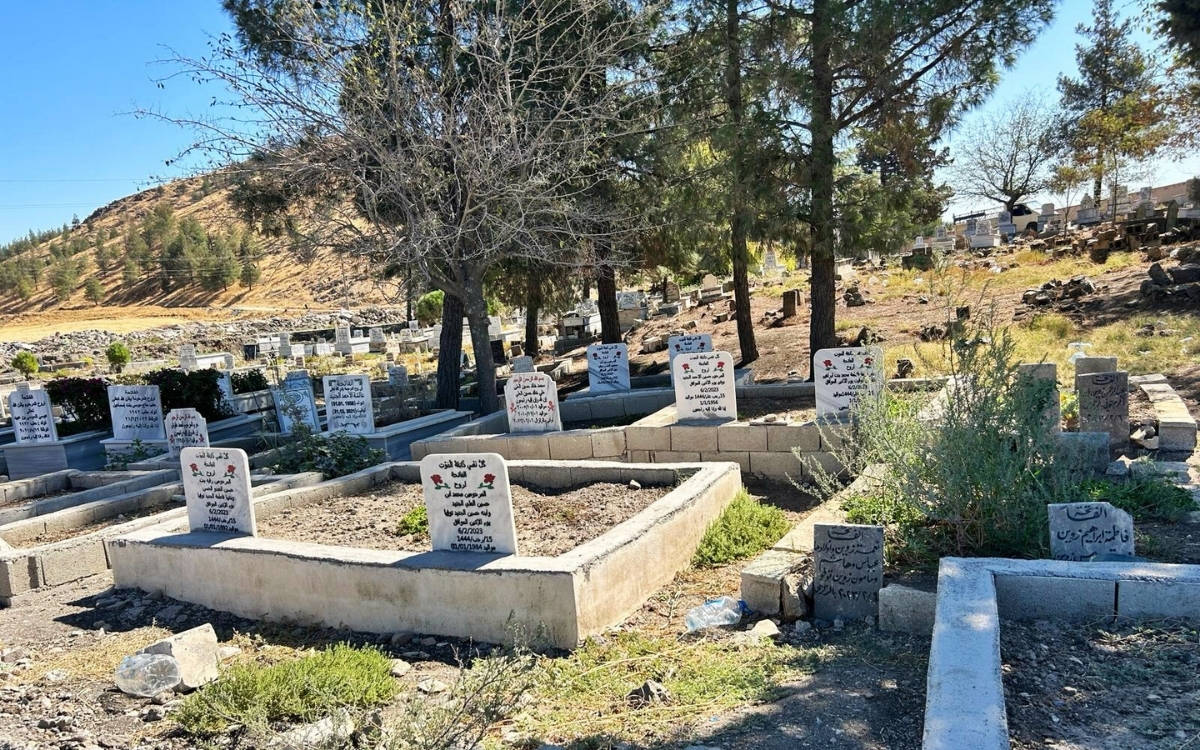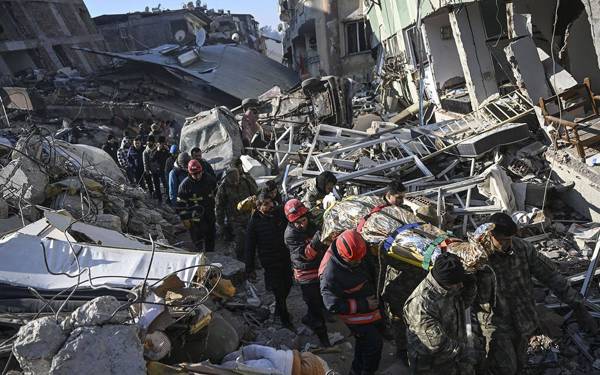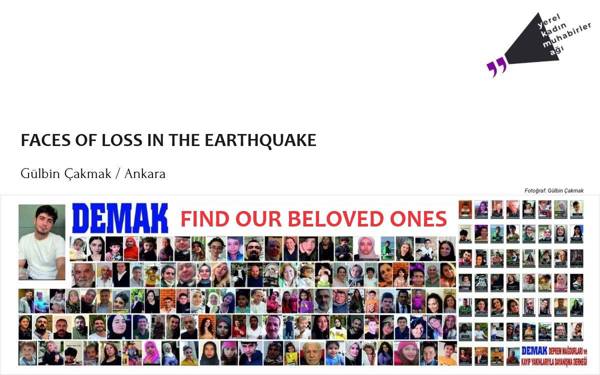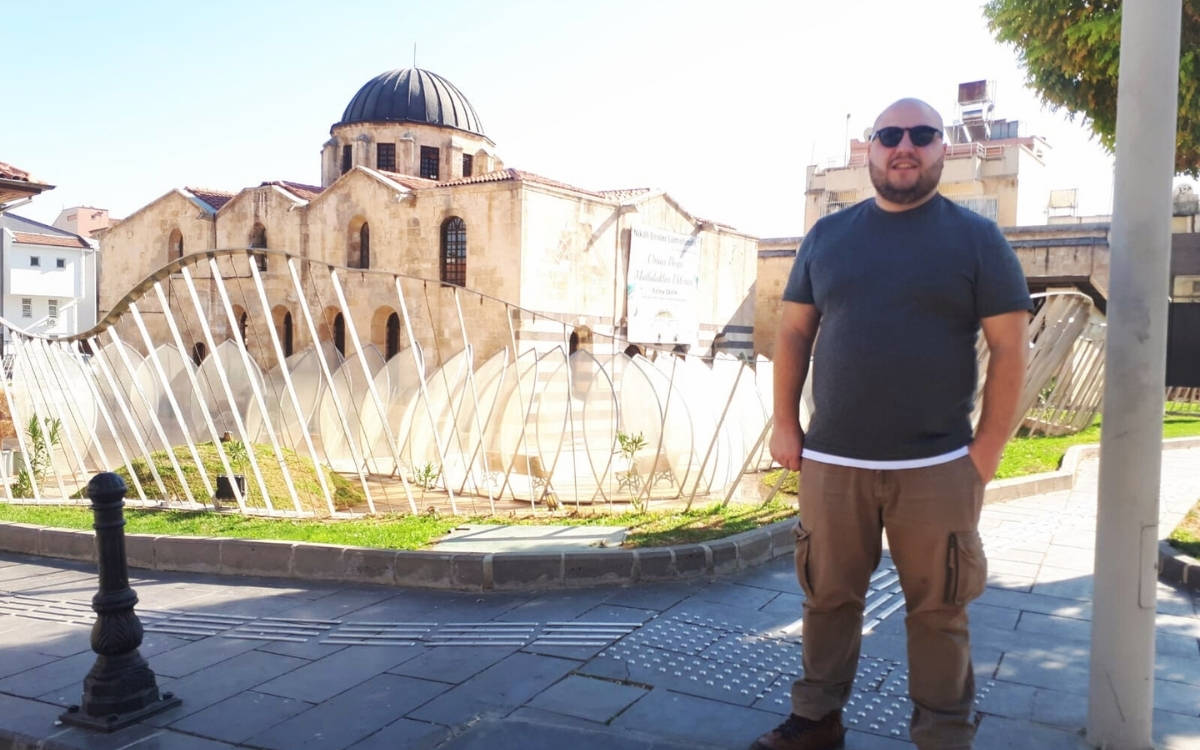The cemeteries belonging to the Dom and Abdal communities in the Yeni and Fatih neighborhoods of Nurdağı district in Gaziantep have become areas where Syrian refugees who migrated to the region after the 2011 Syrian civil war, and lately the unclaimed deceased from the February 6 earthquakes are buried.
About 50 years ago, when the Dom and Abdal communities, who are citizens of the Republic of Turkey, first settled in Nurdağı, "authorized" individuals told them, 'This place is yours; you can bury your dead here.' These cemeteries, where "the others" meet, have become burial grounds for Syrian Dom and Abdal communities after the Syrian civil war and for Syrian refugees and the unclaimed deceased after the earthquakes. Additionally, rubble and debris were dumped in these areas.
In addition to the dumped rubble and the neglect of graves, there is also a problem of water scarcity in the cemetery. Dom and Abdal families, who explain that the water they draw with their own means is insufficient, said that the cemeteries of non-Roma individuals are better maintained.

Zuhal Gezicier, the Coordinator of Kırkayak Culture and Dom Studies, stated that during their field research from Gaziantep to Hatay, they came across the Gypsy Cemetery outside the Nurdağı district center. She noted that during their discussions with Abdal and Dom families who came to the cemetery to pray for their deceased relatives, the families complained about the neglect of the cemetery and the dumping of earthquake debris here. Geziciler also stated:
"We asked why this is only the Dom and Abdal Cemetery. Initially, Abdal and Dom families buried their deceased relatives here. They were told, 'This place is yours.' In this cemetery where no one except for Roma buried their dead, Syrian Dom and Abdal families who migrated to Turkey in 2011 also buried their deceased."
"The unidentified victims of the earthquake, referred to as 'unclaimed,' were also buried here. Then, the debris from the collapsed buildings in Nurdağı was dumped here. Cemeteries are private spaces and cannot be considered as dumping grounds for debris. Yet, the most concrete form of discrimination is manifested here.
"Seeing even cemeteries being segregated actually shows us the most tangible form of discrimination," she added.
"Nawar cemetery"
This story reflects in its entirety the "Starting from Zero, Back to Zero" earthquake report by Kırkayak Culture and Dom Studies:
"The February 6 earthquakes caused significant loss of life among all segments of society, including refugees. They could not mourn their losses; a large portion of them took their deceased relatives' bodies to settlements in Syria. Some of them, however, said 'we are now locals' and expressed their desire for their loved ones to be buried here.
During a meeting held in the tent area where refugees reside in Nurdağı district, a 50-year-old Syrian man said, 'We also wanted our graves to be here; we said we would go with the children to pray for the souls of the deceased and pour a cup of water on their soil, but they buried our bodies in the Nawar (Gypsy) cemetery.'
When we visited the cemetery, we saw rows of graves opened side by side for multiple individuals. When we asked a young couple visiting their daughter's grave, who they lost in the earthquake, why there were so many new graves, they replied, 'These are the graves of Syrians; the state buried them in the same cemetery as us.'" (CÖ/TY/PE)









